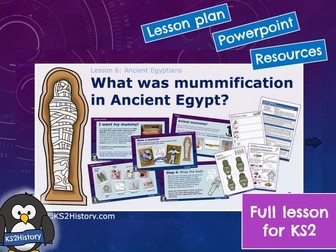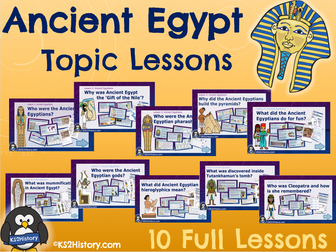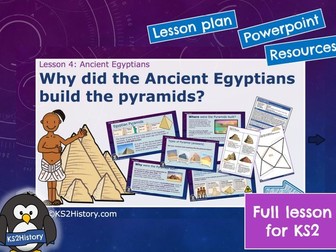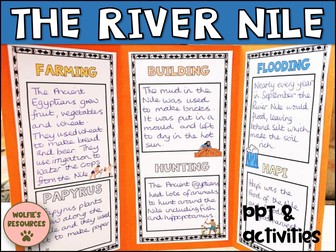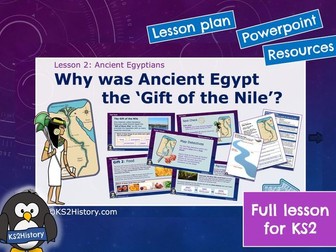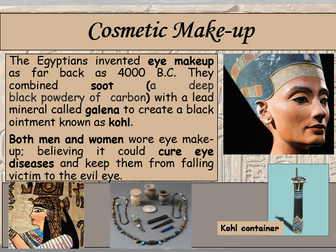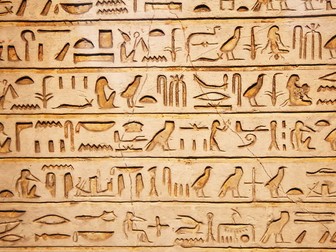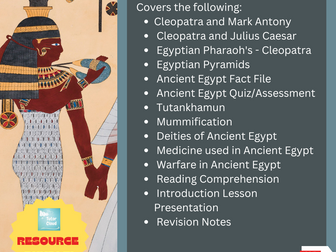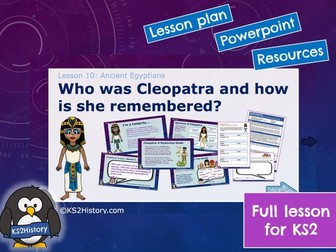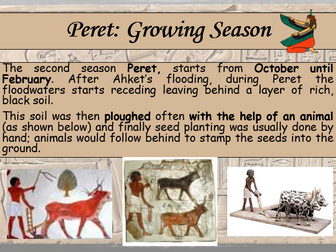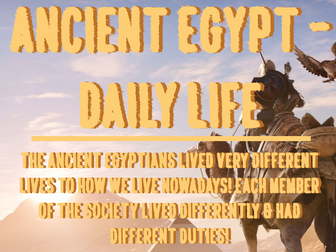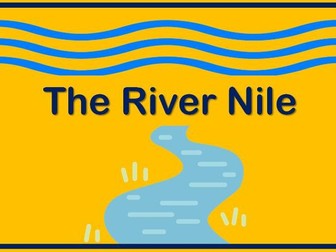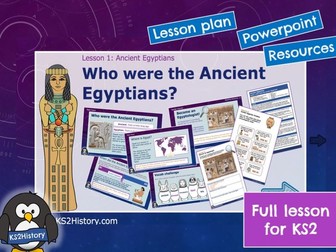
Ancient Egypt: Mummification
A full lesson for KS2 exploring the fascinating topic of mummification. The resource includes a detailed lesson plan, Powerpoint and pupil resource sheets.
What was mummification in Ancient Egypt?
In this exciting lesson, pupils will find out all about the process of making mummies! After they have been introduced to the reasons behind mummification in Ancient Egypt, pupils will work in teams on a hands-on challenge to make their own mummified dolls following the different steps of the ancient process and then write their own instructions. They will finish the lesson with a quiz about animal mummies.
Objectives:
To find out why the Ancient Egyptians mummified people
To understand the different stages of the mummification process
The lesson plan includes differentiation ideas to adapt the activities for the needs of your class.
This lesson is part of the KS2History Ancient Egyptians Planning Pack for KS2.
This primary history resource is created by KS2History.
